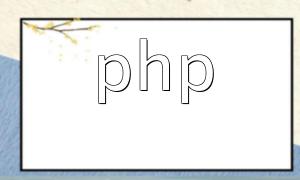In e-commerce system development, the user interface (UI) plays a crucial role in shaping user experience and conversion rates. A well-designed UI not only enhances brand perception but also guides users smoothly through the purchasing process. This guide explains each step from user research to interface implementation.
Before starting the design process, it’s essential to understand your audience. Conduct surveys, data analysis, and user interviews to identify their needs, shopping habits, and pain points. A clear user persona helps designers create layouts and interactions that align with real user expectations.
User flows visualize the user’s journey across the website, helping the team understand the logical steps a shopper takes. Wireframes represent the structure and layout of pages, serving as a blueprint for the UI design. Well-planned flows and wireframes reduce development rework and improve usability.
Popular UI design tools include Figma, Adobe XD, and Sketch. These platforms support collaboration, prototyping, and component-based design. Choose the one that best fits your team’s workflow and project scope.
Visual design should reflect the brand’s identity and align with industry aesthetics. Choose a cohesive color palette and typography that reinforce brand recognition. Ensure that images and icons follow a consistent visual language to strengthen the overall design.
Before development, use tools like Figma or InVision to create interactive prototypes that simulate real user interactions. This helps identify usability issues early and refine the interface before coding begins.
Invite real users to test the prototype, gather feedback, and analyze behavioral data. Use these insights to refine the UI design. Continuous testing and improvement ensure a superior user experience and stronger engagement.
By applying structured planning, solid design principles, and continuous optimization, you can create a PHP-based e-commerce UI that’s intuitive, visually appealing, and conversion-focused. A great user interface is not just about aesthetics—it’s the foundation of a successful e-commerce experience.









